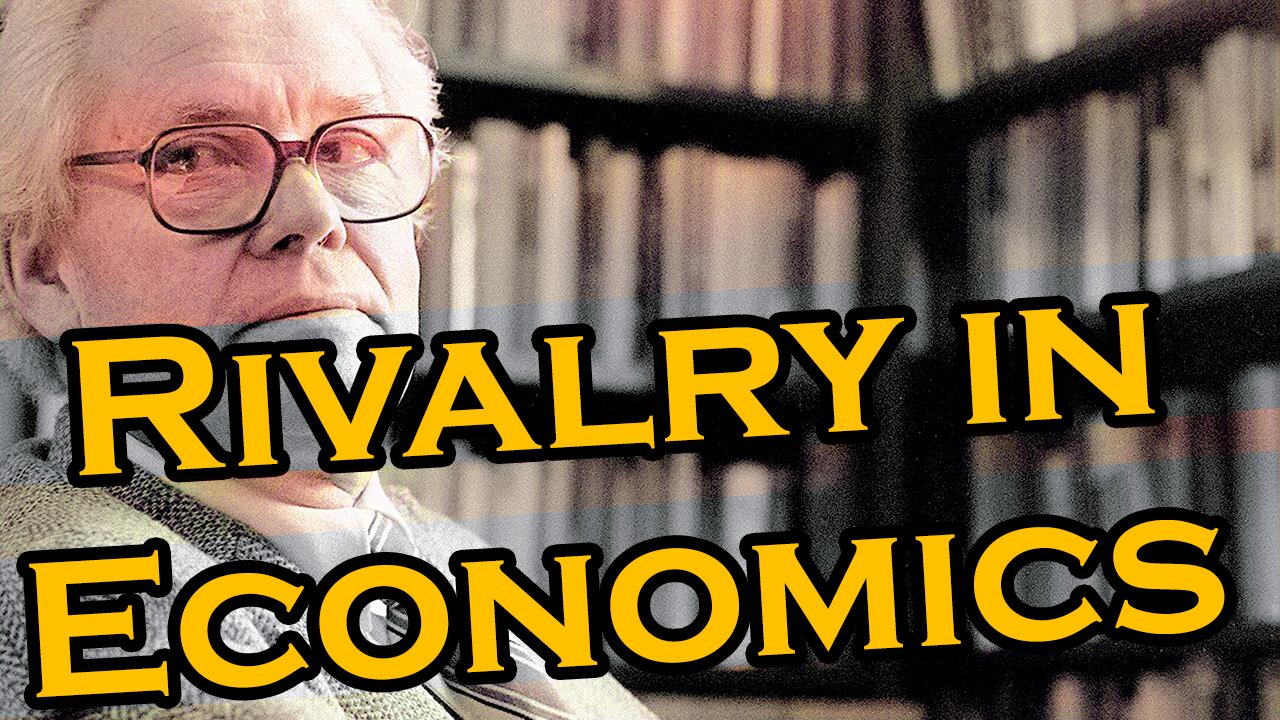Premium Only Content

What is Rivalry in Economics? Explanation
From Wikipedia: https://en.wikipedia.org/wiki/Rivalry_(economics)
In economics, a good is said to be rivalrous or a rival if its consumption by one consumer prevents simultaneous consumption by other consumers, or if consumption by one party reduces the ability of another party to consume it. A good is considered non-rivalrous or non-rival if, for any level of production, the cost of providing it to a marginal (additional) individual is zero. A good is "anti-rivalrous" and "inclusive" if each person benefits more when other people consume it.
A good can be placed along a continuum from rivalrous through non-rivalrous to anti-rivalrous. The distinction between rivalrous and non-rivalrous is sometimes referred to as jointness of supply or subtractable or non-subtractable. Economist Paul Samuelson made the distinction between private and public goods in 1954 by introducing the concept of nonrival consumption. Economist Richard Musgrave followed on and added rivalry and excludability as criteria for defining consumption goods in 1959 and 1969.
-
 1:11
1:11
1SolProtocol
2 years agoWhat is 1Sol? Simple Explanation.
38 -
![[F EM UP Friday] Take # 2 [Destiny 2] Lets Kick Some A$$! #RumbleTakeOver](https://1a-1791.com/video/s8/1/c/W/7/1/cW71u.0kob-small-F-EM-UP-Friday-Take-2-Desti.jpg) LIVE
LIVE
CHiLi XDD
2 hours ago[F EM UP Friday] Take # 2 [Destiny 2] Lets Kick Some A$$! #RumbleTakeOver
1,190 watching -
 DVR
DVR
ItsMossy
8 hours agoHALO WITH THE RUMBLERS (: #RUMBLETAKEOVER
2261 -
 LIVE
LIVE
INFILTRATION85
2 hours agoHi, I'm INFILTRATION
1,274 watching -
 LIVE
LIVE
GuardianRUBY
3 hours agoRumble Takeover! The Rumblings are strong
936 watching -
 LIVE
LIVE
Etheraeon
11 hours agoWorld of Warcraft: Classic | Fresh Level 1 Druid | 500 Follower Goal
535 watching -
 LIVE
LIVE
VapinGamers
3 hours ago $1.47 earned🎮🔥Scrollin’ and Trollin’: ESO Adventures Unleashed!
345 watching -
 LIVE
LIVE
a12cat34dog
4 hours agoGETTING AFTERMATH COMPLETED :: Call of Duty: Black Ops 6 :: ZOMBIES CAMO GRIND w/Bubba {18+}
154 watching -
 LIVE
LIVE
NubesALot
6 hours ago $1.13 earnedDark Souls Remastered and party games
443 watching -
 3:03:42
3:03:42
GamersErr0r
18 hours ago $0.64 earnedits not what you think
9.35K1